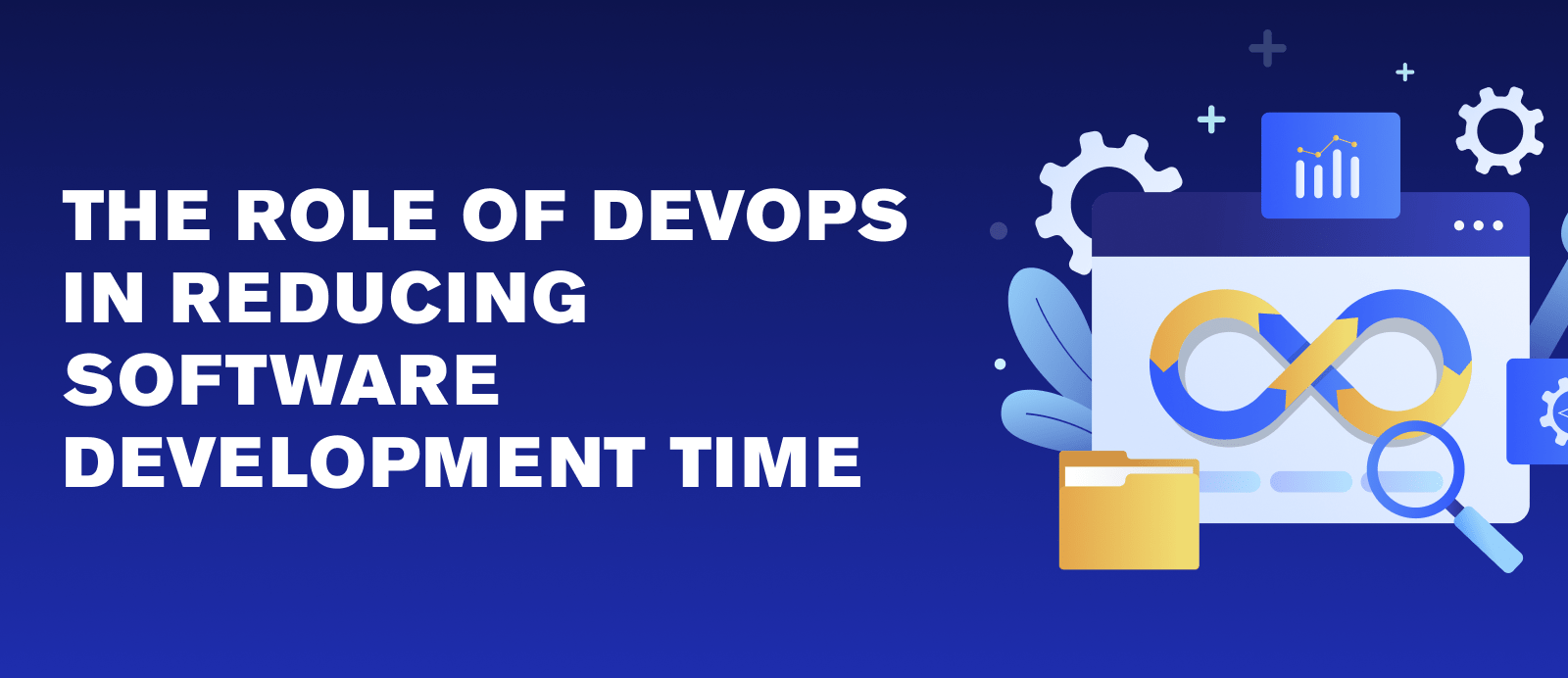AUTOMATION OF ROUTINE PROCESSES
DevOps heavily relies on automation to standardize the development, testing, and deployment processes. It reduces the risk of human error and frees developers from more complex tasks.
CONTINUOUS INTEGRATION AND DELIVERY
Continuous Integration (CI) and Continuous Delivery (CD) are critical components of DevOps. CI/CD allows teams to regularly merge code changes into the central repository and automatically deploy changes to production. It ensures rapid identification and resolution of issues, significantly reducing development time.
MONITORING AND FEEDBACK
Systematic monitoring and feedback collection enable DevOps teams to respond quickly to real-time issues. It not only reduces error correction time but also improves product quality.
MICROSERVICES ARCHITECTURE
DevOps often employs a microservices architecture for development. This approach makes systems more flexible and less dependent, allowing faster deployment of new features and updates.
CONCRETE EXAMPLES AND USE CASES
1. Amazon uses DevOps to manage its massive infrastructure. Through automation and monitoring, Amazon has reduced the deployment time of new services from days to seconds.
2. Netflix employs DevOps for the reliability of its services. They have developed tools like Chaos Monkey, which automatically test their systems’ resilience to failures, allowing them to quickly identify and rectify potential issues.
3. Etsy, a popular crafts platform, utilizes DevOps to support a rapid deployment pace. They conduct up to 50 daily deployments, using automation for continuous integration and delivery.
LINKS AND RESOURCES FOR FURTHER LEARNING
1. «The Phoenix Project» is a book introducing DevOps in a narrative form, showing how these principles can be applied in the real world.
2. «Accelerate: The Science of Lean Software and DevOps» is a book providing empirical evidence of DevOps’ effectiveness and explaining how it can benefit businesses.
3. DevOps.com is a website with the latest news, best practices, and learning resources on DevOps.
4. Docker and Kubernetes are the official websites for these tools, containing documentation and learning materials.
5. Online courses on platforms like Coursera or Udemy, which offer DevOps courses, cover both theoretical and practical aspects.
The latest trends for 2023 reveal significant advancements and shifts in the field. Here’s a perspective incorporating these new developments:
1. Blockchain in DevOps: Blockchain is increasingly being used in DevOps to record transactions such as updates, tests, and outcomes in an immutable database. It enhances transparency and is particularly beneficial for projects involving multiple teams. Smart contracts are being employed to automate resource-heavy tests, improving efficiency and accountability.
2. AI and Machine Learning (AIOps): AI and ML are being more deeply integrated into DevOps processes. These technologies help identify coding errors, predict issues, and optimize code. Many mature DevOps teams use AI and ML for various tasks like code error checks, dependency scans, and license compliance checks, demonstrating the growing reliance on these technologies for enhancing efficiency and reducing errors.
3. Low-Code and No-Code Development: The adoption of low-code and no-code solutions is rising. These platforms allow technical and non-technical personnel to participate in the development process, democratizing app development and significantly speeding up the development and deployment process.
4. Serverless Environments: Many DevOps teams are transitioning to serverless or cloud-native environments. This shift allows companies to offload server management and infrastructure scaling to third-party providers, reducing hardware costs and system maintenance burdens.
5. Microservices: The use of microservices continues to grow. This approach involves dividing an app’s backend into isolated components, allowing for more efficient coding, testing, and deployment and reducing downtime even during large-scale changes.
6. DevSecOps: Integrating security practices from the start of development projects is becoming a standard. This approach helps address security issues throughout the development phase rather than as an afterthought, improving overall project security.
7. Analytics and Automation: Autonomous DevOps automation is emerging, utilizing advanced techniques to create automated outputs throughout various lifecycle stages. Predictive DevOps, which employs AIOps techniques, is also gaining traction, improving efficiency in continuous delivery and deployment processes.
CONCLUSION
DevOps is a potent tool for reducing software development time. DevOps enables enterprises to develop and deploy software faster while ensuring high quality and reliability through its ability to integrate development and operations, support continuous integration and delivery, and encourage a culture of collaboration.
